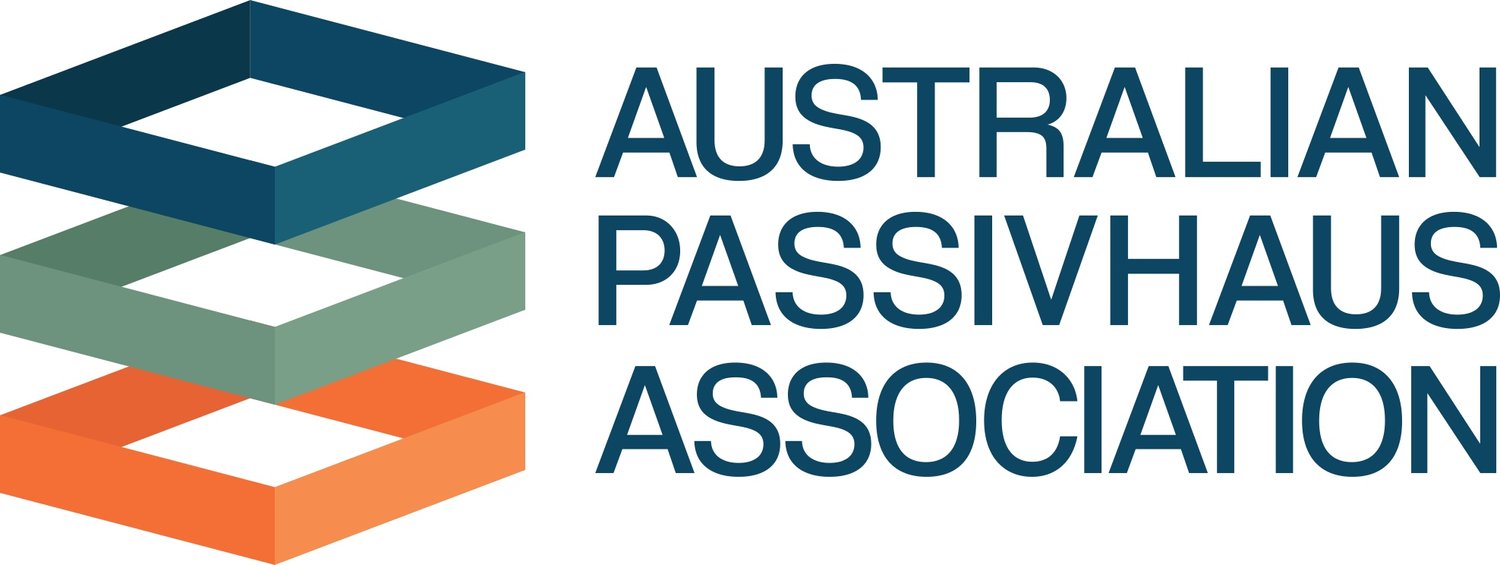APA Chair Introduces the Inaugural Passivhaus Incubator
Joseph Karten
Board Chair
Australian Passivhaus Association
It is my pleasure to announce the launch of the Passivhaus Incubator program—an initiative aimed at fostering deeper connections, advancing knowledge, and driving progress within the Australian built environment.
As your Board Chair, it brings me immense satisfaction that this is the first of many initiatives in this role. The introduction of the Passivhaus Incubator marks a significant milestone for our association and underscores our commitment to championing sustainable, high-performance building standards.
In recent times, we have observed a surge of interest in Certified Passivhaus projects across various sectors. From educational institutions to community centres and affordable housing to commercial ventures, the momentum behind Passivhaus is unmistakable.
A few noteworthy examples include:
Monash University's Woodside Building for Technology and Design: A towering symbol of innovation, this five-storey marvel exemplifies the marriage of sustainability and cutting-edge design.
Clifton Hill Primary School: Pioneering the way as the first VSBA (Victorian School Building Authority) project striving for Passivhaus certification, the Clifton Hill Primary School showcases the immense potential of mass timber hybrid construction in reducing carbon footprints.
Baptcare Affordable Housing: Addressing the pressing need for sustainable housing solutions, this collaboration between Homes Victoria, Baptcare and Creation Homes underscores the pivotal role of Passivhaus in mitigating homelessness through affordable housing while enhancing occupant quality of life.
Echo Hawthorn: Echo Hawthorn, a Build-to-Sell project, stands as a beacon of profitability and sustainability, demonstrating that Passivhaus principles can benefit all stakeholders.
Cowes Cultural & Community Centre: A testament to community-centric design, this multifunctional hub embodies the ethos of Passivhaus while serving as a vibrant focal point for residents.
German International School Sydney: Setting new standards in educational infrastructure, this project showcases the versatility and efficiency of Passivhaus construction, bolstered by prefabrication techniques.
ANMF House: ANMF House stands to showcase that Passivhaus can transform heritage buildings, offering unparalleled comfort for its occupants and high levels of efficiency for building managers—all while maintaining its existing charm.
I’ve taken a moment to list these market-shaping projects because they are a demonstration of what else is to come, and as a participant in this program, you will be equipped to ensure this happens. No matter which sector you work in, you can play a part. Together we can raise the bar, and energy efficient, and bring lower-cost, climate-resilient, healthier, happier buildings to all Australians. With Passivhaus buildings using 80-90% less on heating and cooling, they are an easy step away from net zero.
Who should apply for the Incubator? We’re looking for professionals in key policy and client groups who have 10+ years of experience and can demonstrate an ability and track record of implementing new ideas, influencing outcomes, and a genuine interest in the betterment of the built environment. You’ll find a specific list of suitable applicants later in this document.
Even if you don’t plan to apply, I encourage you to share this document as well as our social content and newsletters related to the Passivhaus Incubator. Together, we can inspire change, shape policy, and build a brighter future for generations to come.
Warm regards,
Joe Karten



